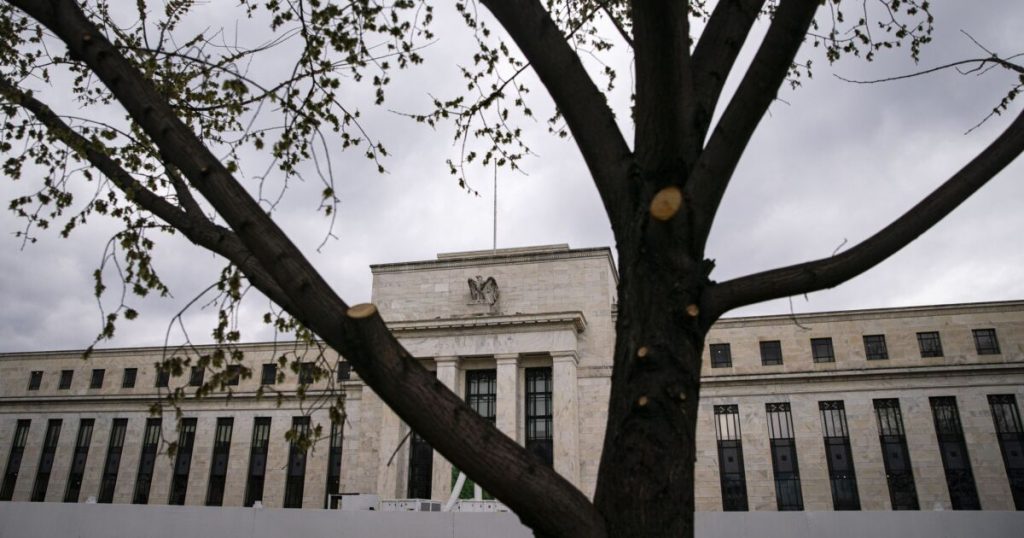Al Drago/Bloomberg
Regulation just rewired crypto distribution. With the
These laws mean money can now move over compliant
For more than a decade, crypto’s foundation was built on self-sovereignty and the idea of rebuilding finance outside traditional institutions. But today, the story has evolved. Rather than rejecting the old system, the industry is merging with it, embedding blockchain’s speed, transparency and efficiency into the financial products people already use. It’s a net win for the ecosystem, just not the revolution most crypto purists envisioned.
With regulatory clarity in place,
This shift also solves crypto’s long-standing usability problem. Instead of forcing people to navigate complex wallets or manage private keys, those processes now happen behind the scenes. The new win for crypto companies isn’t powering wallets but powering the Pay, Save and Settle buttons inside apps that already handle know your customer, fraud prevention and engagement. In this model, blockchains become infrastructure for familiar interfaces, and API share matters more than monthly active users.
Why would banks want to integrate crypto behind the scenes? Because it makes them faster, leaner and more relevant. Crypto rails enable banks to generate new revenue through yield products, tokenized deposits and digital asset custody, all while improving capital efficiency. Blockchain infrastructure cuts out slow, expensive intermediaries in settlement and global payments, freeing up liquidity and unlocking new profit centers. Think payroll paid in stablecoins or Zelle running on blockchain, with users barely noticing the crypto layer underneath.
Most importantly, banks have what crypto startups don’t: regulatory trust and distribution. They can deliver these innovations at scale, safely and compliantly. As digital assets become part of everyday finance, banks that integrate crypto will not just keep pace, they’ll define what comes next.
The crypto companies that make it easy and compliant for financial institutions to build on top of their technology will become the backbone of this new wave of global finance.
So, who “owns” the user now? That question is starting to lose relevance. The real differentiator isn’t ownership but trust — who can make financial experiences simple, safe and valuable.
We’re at the dawn of crypto’s integration into mainstream financial applications. Most customers don’t care how money moves under the hood; they care that it works, securely and seamlessly. The result is that banks and fintechs now own more of the front door than crypto ever imagined, and that’s not a loss. It’s progress.
Some will still argue that “true crypto adoption” requires users to hold private keys and pick networks, viewing bank-led onboarding as a betrayal. But that misreads how adoption curves work. Mass markets begin with comfort and speed, then evolve toward sovereignty once value is proven. Policy removed the fear. The product removed friction. Both are finally happening.
In the 2010 era, “owning the user” meant owning the app icon. In the 2020 era, it meant owning the wallet. After the GENIUS and CLARITY Acts, it will mean being the default — the invisible layer that routes value. Banks may own the front door, but the blockchains that power those experiences will own more of the house than they ever thought possible.

